Chapter 11: Managing for Pollinators
Chapter 11: Managing for Pollinators thompsbbThe Value of Roadsides as Pollinator Habitat
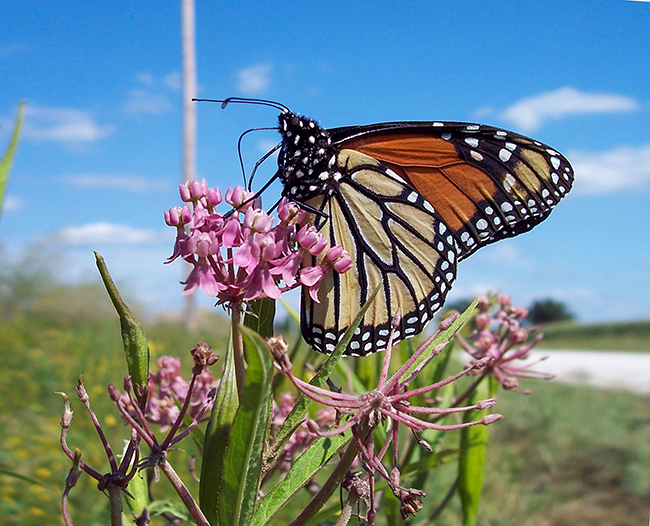
Iowa county and city governments typically want to establish native roadside vegetation to save money on mowing and reduce erosion, weeds, and brush. However, since the 2010s, when news of declining pollinator populations worldwide became widespread, many conservationists and members of the public have become interested in the additional value of native roadside vegetation as a habitat for bees and butterflies.
Rights-of-way have potential as prime habitat for pollinators because they serve as travel corridors between other pollinator habitats and are in sunny locations in which many bees and butterflies prefer to forage. Some people are naturally concerned that encouraging bees and butterflies to forage in roadside habitat will result in many of these pollinators being killed by vehicle collisions. However, several studies have indicated that the pollinators using roadsides far exceed the numbers killed on roads and that there is a net benefit to providing habitat, especially in landscapes with very little native vegetation. High-quality habitats may reduce the number of times bees and butterflies need to cross the road in search of nectar plants or nesting habitats, reducing collision mortality.

Roadsides also represent a large amount of public land in the United States that could be revegetated with native plants to provide pollinator habitat. This is especially true in Iowa, where road rights-of-way comprise 60% of public land. The viability of monarch butterfly habitat in Iowa is of national importance to conservation efforts because it is one of the few states entirely within the eastern monarch flyway, a major migration route for monarch butterflies between Canada and Mexico.
In 2015, the White House released the National Strategy to Promote the Health of Honey Bees and Other Pollinators, which included a directive to increase roadside pollinator habitat. Later that year, the Fixing America’s Surface Transportation Act (FAST Act) included a provision encouraging pollinator habitat along roadsides. These federal actions have resulted in more efforts to restore habitat for pollinators at the state and local levels. For example, the Iowa Monarch Conservation Consortium’s Conservation Strategy for the Eastern Monarch Butterfly (Danaus plexippus), approved in 2018, identified rights-of-way as a priority area in which monarch habitat planting and preservation efforts should be focused within Iowa. The consortium encouraged the planting of milkweed for monarch caterpillars and nectar plants for adult monarchs in order to increase monarch populations.
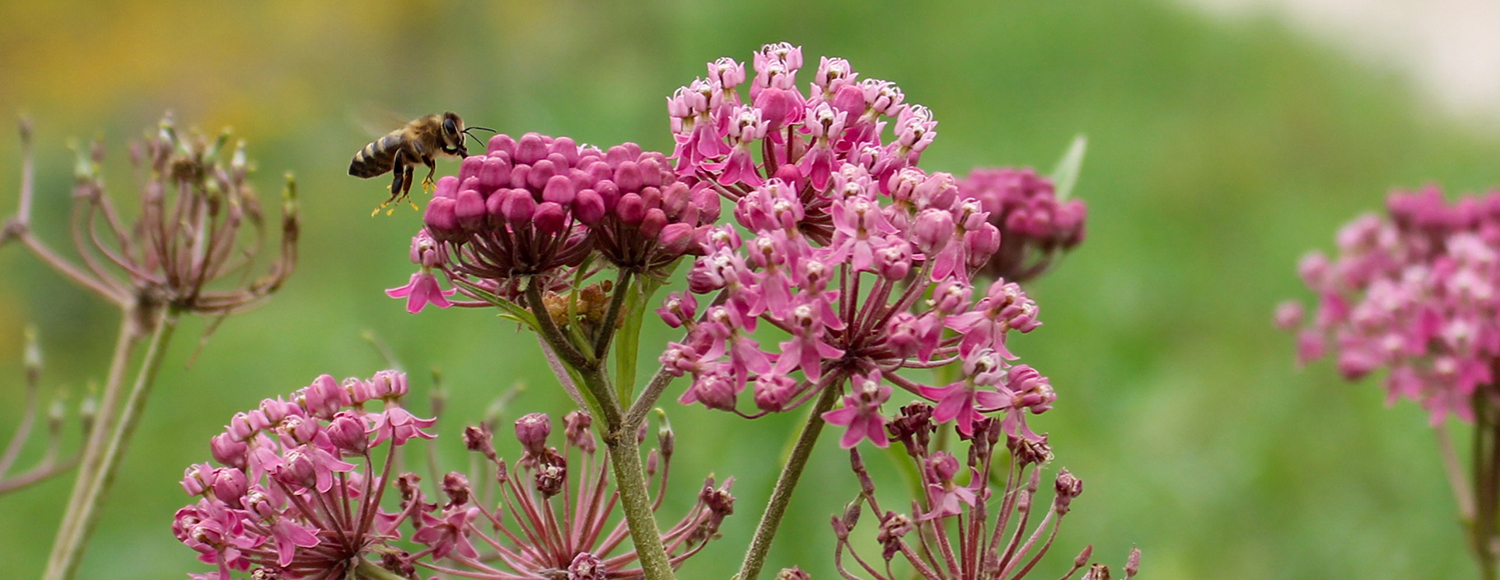
Pollinator-Friendly Management Practices
Pollinator-Friendly Management Practices thompsbbTiming of Mowing
Mowing can negatively impact pollinators by reducing floral resources and host plants, which are specific plant species that a given insect species is adapted to for food, shelter, or reproduction. For example, it is well known that monarch butterflies only lay their eggs on milkweed plants, though adult monarchs will forage on many plant species.
Mowing can also disturb or kill nesting pollinators or pollinators in early developmental stages, such as larvae and pupae that cannot escape during mowing.
Best practices for mowing that support pollinators include:
- Mowing only in clear zones, which are roadsides clear of objects, where vehicles that have left the roadway can traverse safely.
- For narrower roads with less traffic, maintain narrower clear zones compared to wider, more trafficked roads.
- Outside of clear zones, mow roadsides only very early and/or late in the growing season; summer mowing causes a lot of pollinator mortality.
- When possible, leave perennial shrubs and standing woody stems as habitat for nesting bees.
Herbicide Application
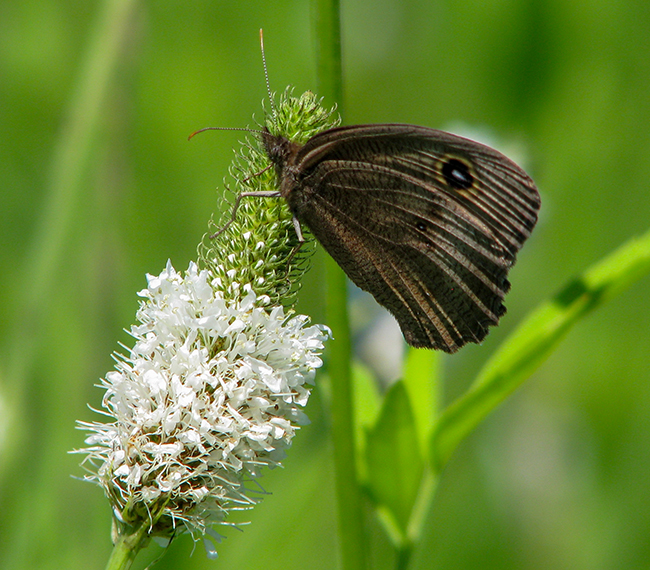
Herbicide spraying may hurt pollinators by killing or harming eggs, larvae, and adult pollinators. Sublethal effects are harmful non-lethal effects and may include weakening of the immune system, disrupted foraging and navigation behaviors, impaired reproduction, and shortened lifespan. Spraying can also reduce the availability of floral resources and host plants that pollinators depend on.
Best herbicide application practices for supporting pollinators include:
- Use targeted spraying of weeds rather than blanket spraying to reduce the area affected by the herbicide.
- Spray early in the growing season, before plants start flowering.
- Avoid spraying when weeds or nearby plants are flowering.
- Spray on days with little wind that can cause the herbicide to drift onto desirable plants.
- Limit herbicide use to noxious weeds and other high-priority plants.
- Do not spray insecticides.
Planting Native Vegetation to Attract Pollinators
Best native vegetation planting practices for attracting and supporting pollinators include:
- Do not plant in medians, which increases the risk of pollinator mortality from collisions with vehicles.
- Plant diverse mixtures of native forbs and grasses. A general recommendation is to have three forb species that bloom early in the season, three that bloom in the middle of the season, and three that bloom later in the season, so there are flowering resources throughout the season.
- Remember that a balance with roughly 50% of the mix consisting of grasses and 50% consisting of forbs (by weight of the seeds) helps pollinators. Grasses help reduce the spread of weeds within the habitat, ensure there is enough fuel for a prescribed burn, and ensure there are some host plants for caterpillar larvae that depend on grasses rather than flowers.
- For more information on flowering plants that are especially attractive to pollinators, check with a reputable native seed nursery or the additional resources listed below.
Additional Resources for Management of Roadside Pollinator Habitat
Additional Resources for Management of Roadside Pollinator Habitat thompsbb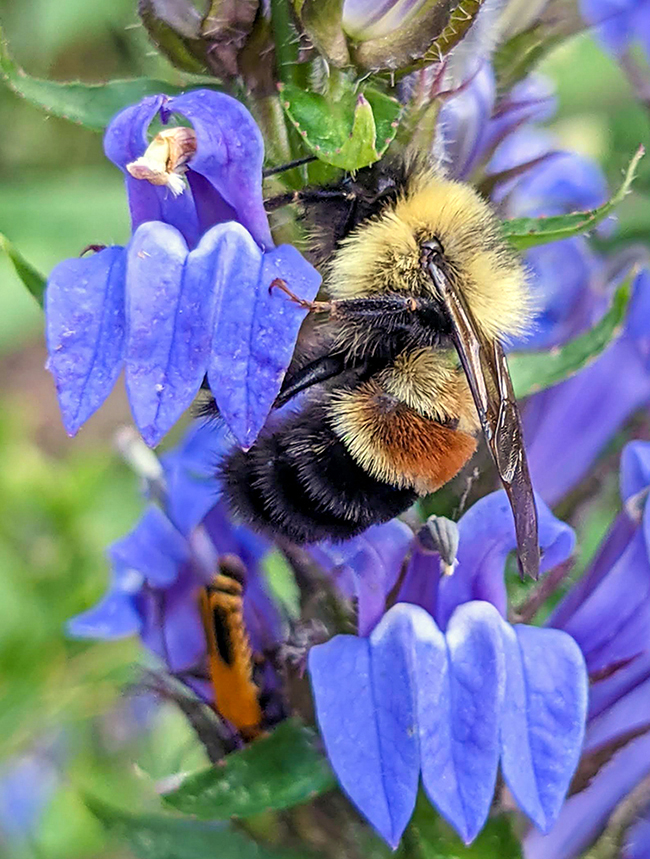
A mix of forbs that bloom at different phases of the growing season, like this late-blooming great blue lobelia (Lobelia siphilitica), provide flowering habitat for pollinators throughout the season. Roadside Best Management Practices that Benefit Pollinators | FHWA handbook
- Maintaining Roadsides for Pollinators Establishment, Restoration, Management and Maintenance: A Guide for State DOT Managers and Staff |Pollinator Partnership
- Roadside Monarch and Pollinator Habitat: A Guide for Communities | National Wildlife Federation
- Managing Roadsides and Rights-of-Way for Pollinators | Xerces Society
- Roadside Habitat for Monarchs | Monarch Joint Venture
Resources for Landowners and Homeowners Interested in Pollinator Habitat
Resources for Landowners and Homeowners Interested in Pollinator Habitat thompsbb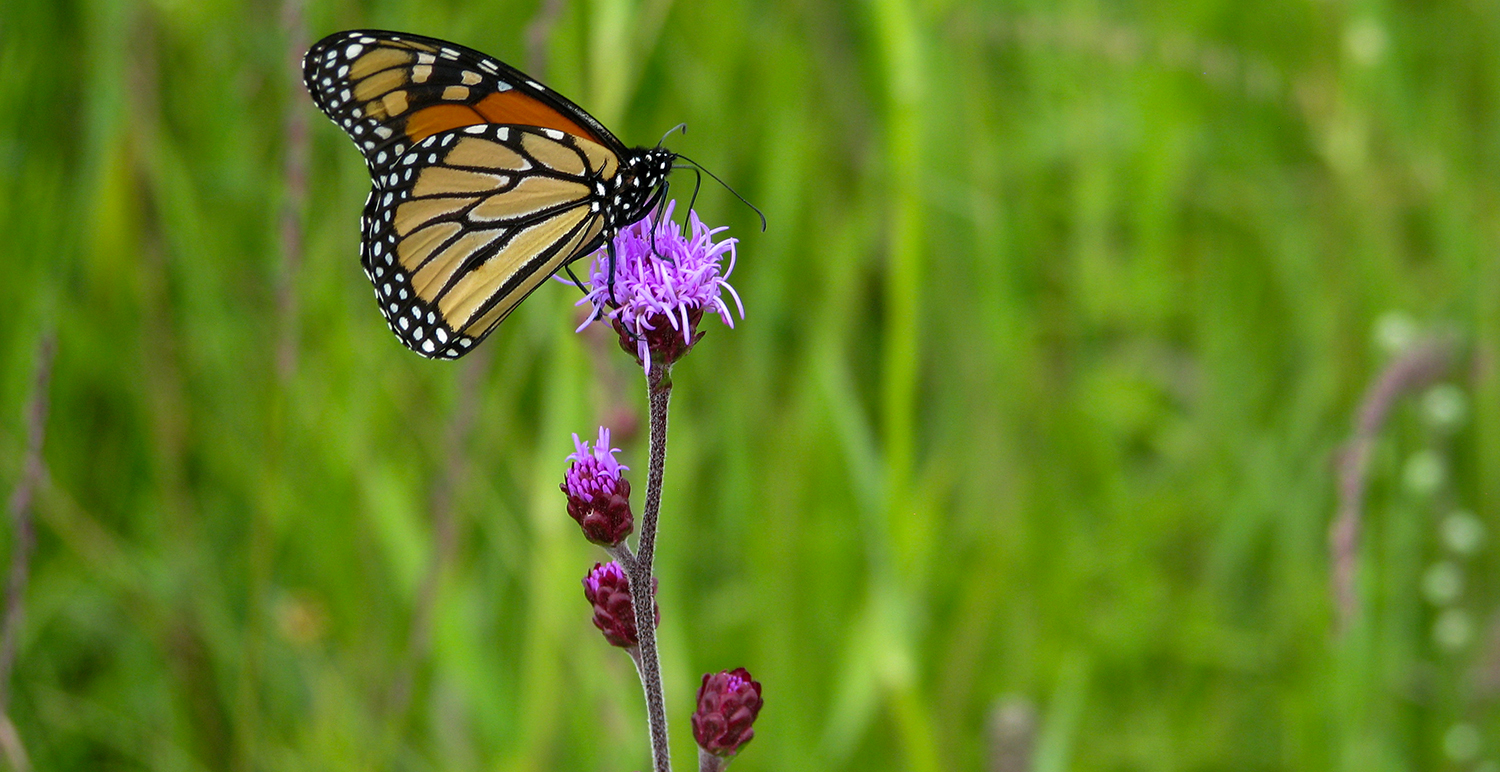
You may encounter residents who want to learn about planting pollinator habitat on their property. The following resources may be of interest to them.
Planning, Designing, Implementing, and Maintaining
- Mowing to Monarchs Program | Dubuque County Conservation
- NRCS USDA Pollinator Gardens | United States Department of Agriculture
- Creating Your Own Native Garden: A Guide To Creating Beautiful Home Landscapes | Wild Ones
Sourcing Materials
- Seed and Service Providers List and Live Plant Materials List | Tallgrass Prairie Center
- Search for local native plant sales put on by conservation groups, such as Hartman Nature Reserve’s annual native plant sale in Black Hawk County and Golden Hills RC&D’s annual native plant sale in Pottawattamie County.
Funding
- Connect with your local Trees Forever Field Coordinator
- List of funding sources | Blank Park Zoo’s Plant.Grow.Fly conservation initiative
Books
- Prairie Up: An Introduction to Natural Garden Design by Benjamin Vogt
- Planting in a Post-Wild World by Claudia West and Thomas Rainer
- The Gardener’s Guide to Prairie Plants by Hilary Cox and Neil Diboll